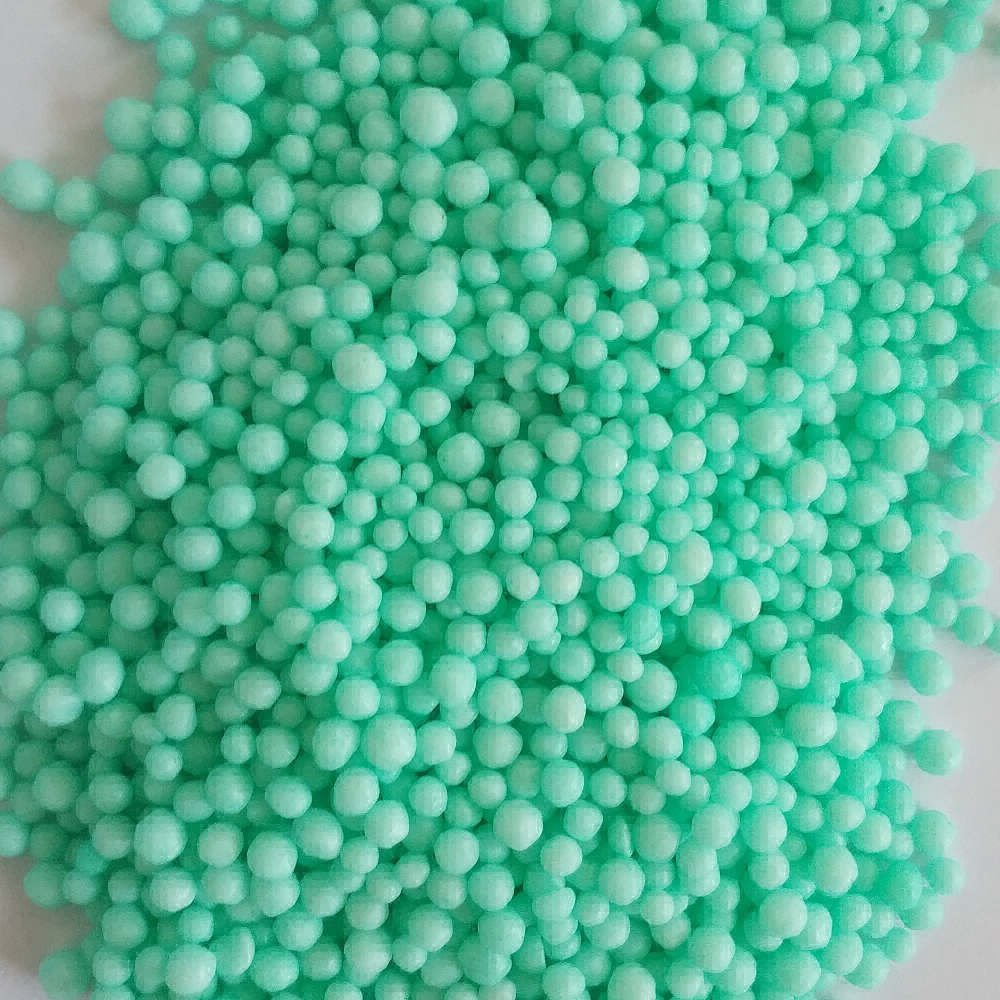Products features
Degradable high-tech coating materials, continuously controlled supply of Nitrogen
The 5th generation coating is easily degradable and high-tech, special nitrogen-regular mode, providing a continuous and controlled supply of nitrogen with typical “S” release curve. Nitrogen slow release characteristics fit for target crops in different growth stages
Higher Nitrogen content and Longer release longevity
The thin, durable and consistent coating makes the product higher nitrogen content. And the PCU is good for producing kinds of BB fertilizers for different crops. The more consistent, durable coating means more gradual, long-lasting release.
Environmentally friendly
The producing process of PCU is clean and the coating degrades naturally and safe in time. It was solvent-free in the processing line. The product quality was stable controlled. It’s healthy and stress-free for plant development and food safety. While using PCU practically avoid leaching or volatilization of nutrients. After the release is complete, the coating will degrade gradually, leaving no residues in the soil.
Highly efficient and economical
Apply only once and gain significant savings in labor cost and time. Lower transportation and warehousing costs. Less fertilizer necessary to achieve optimum results.
Products features
High utilization rate
The use of controlled release fertilizers decreases nutrient losses and enhances nutrient use efficiency (NUE). A decrease of 20 to 30% (or more) of the recommended application rate of a conventional fertilizer is possible when applying controlled-release fertilizers while maintaining the same yield.
Time saving and labor saving
One-time fertilization is enough for the whole growth period, does not require repeated fertilization in different period.
High granule uniformity
A unique screening system is adopted, large urea granules are subjected to secondary screening, only granules with the granularity of 2.0-4.75mm are remained, the granule uniformity is high, and control-release effect is stable.
Capacity of performing anti-floating treatment
Product used in paddy field can be subjected to anti-floating treatment, and fertilizer flotation ratio can be reduced from 15% to 0% by using high-efficiency and environmental-friendly anti-floating technology.
Longer controlled release period
Controlled release period of resin coated urea products is 2 months generally, and by adjusting formula of film material, the controlled release period can be prolonged to 3-6 months under the same coated rate.
Application
Controlled release urea can be used on any crops which need nitrogen, such as wheat, maize, rice, and other crops to replace of the conventional urea.

